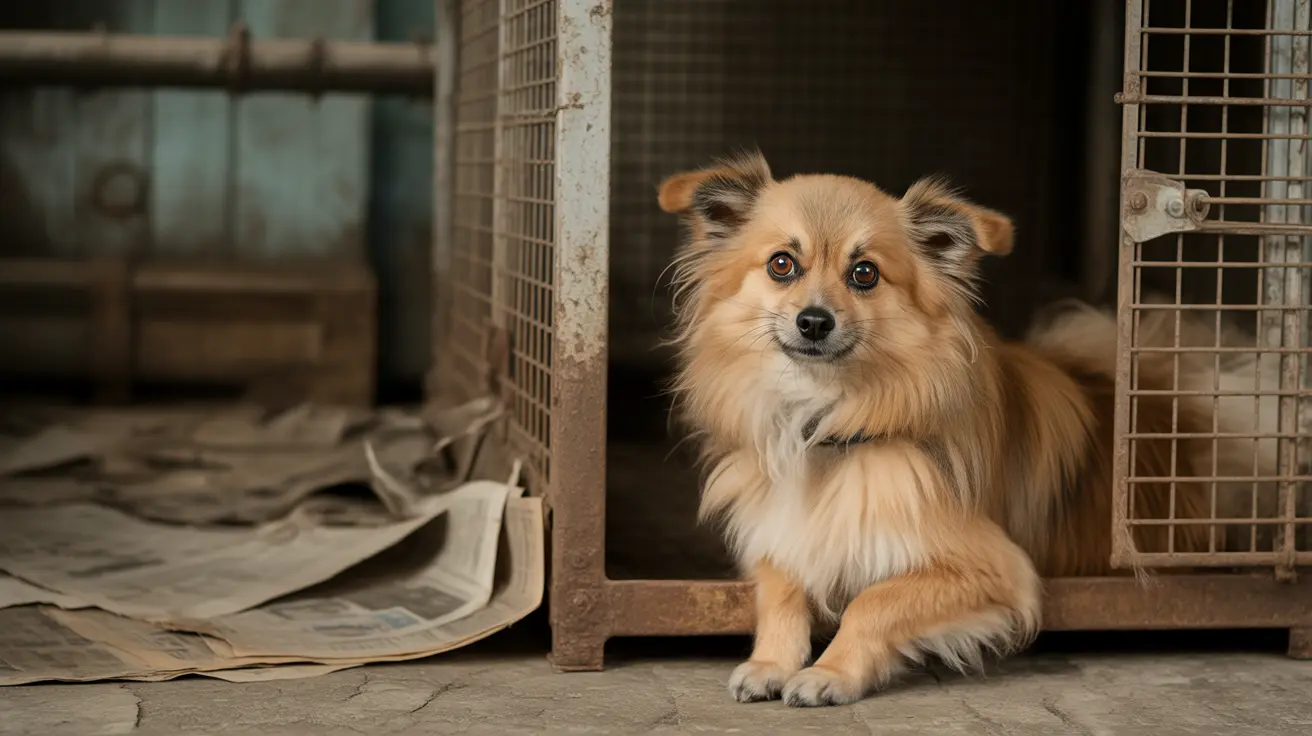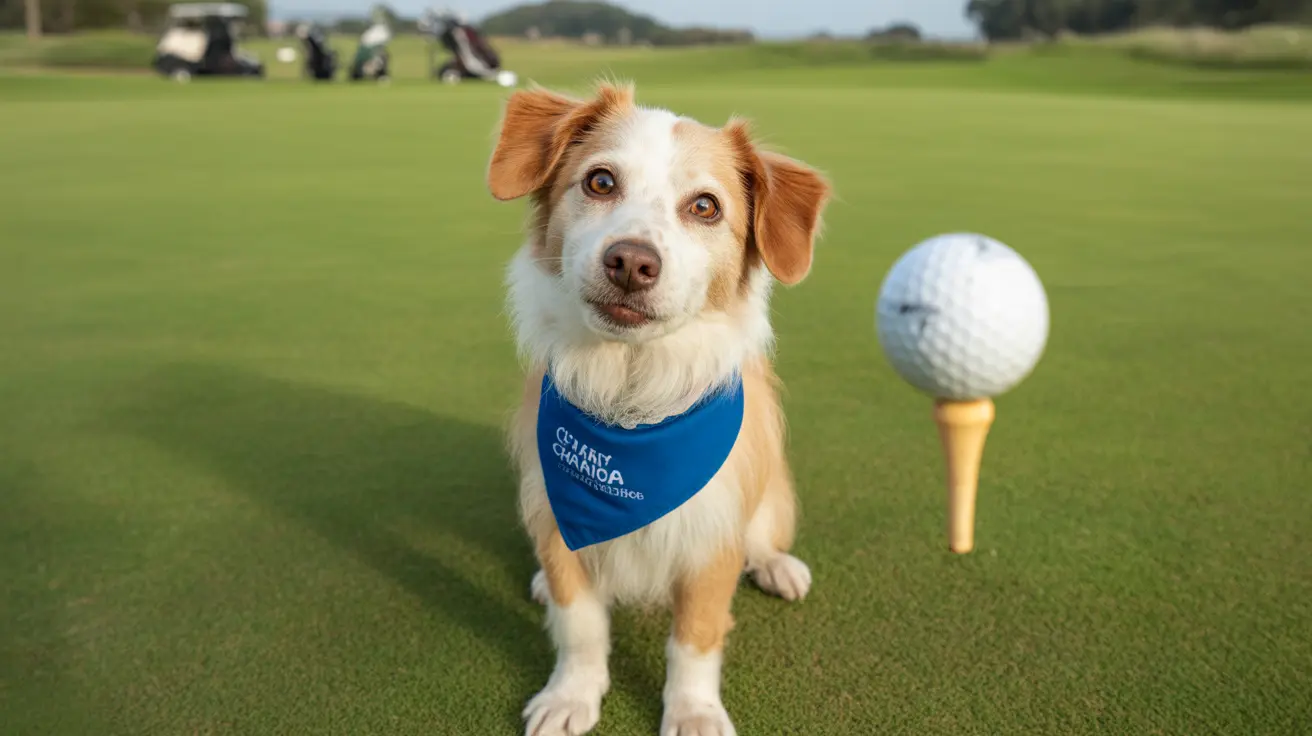Understanding the Cost of Dew Claw Removal in Dogs
Deciding whether to remove a dog’s dew claws is a significant health and financial consideration for pet owners. Dew claws are the small, thumb-like appendages on a dog's legs, often located higher up than the other toes. While some breeds use them for traction or gripping, others are prone to tearing or injury due to the lack of ground contact. This has led many veterinarians and owners to consider dew claw removal either for preventative reasons or following injury.
What Are Dew Claws?
Dew claws are the equivalent of a thumb in humans, but their function in dogs is limited. Some breeds are born with front and rear dew claws, while others have none. There is also a genetic component, especially in breeds like the Great Pyrenees or Briards, which typically have double rear dew claws.
Why Consider Dew Claw Removal?
- Injury Prevention: Dew claws may get caught on brush, furniture, or carpeting, leading to tears or breaks.
- Hygiene and Maintenance: They are harder to trim and can curl into the paw pad if neglected.
- Breed Standards: Some dog shows and breed standards require dew claw removal for aesthetic or traditional reasons.
- Medical Reasons: In the case of injury or deformity, surgical removal is medically necessitated.
When Is Dew Claw Removal Performed?
The timing significantly affects both the risk and cost:
- Neonatal Removal (3 to 5 days old): Performed by breeders or vets before bones ossify, under local anesthesia. This is the cheapest method but also the most debated ethically.
- Adult Removal: Typically done under general anesthesia due to increased pain and complexity, especially if tendons and bones are involved.
How Much Does It Cost to Get Dew Claws Removed?
The cost of dew claw removal varies depending on the age of the dog, the clinic’s pricing structure, location, and whether it’s part of a larger procedure (like sterilization). Here is a general guideline:
- Puppies (within first 5 days): $30–$70 per claw. Done quickly and often included in initial puppy wellness or breeder care costs.
- Older Puppies or Adult Dogs: $200–$500, especially if general anesthesia is required or if it’s a complicated surgical removal. If it's tied to another procedure (like spaying or neutering), some clinics may offer a discount.
- Emergency or Injury-Related Removal: Costs can exceed $500 due to the need for urgent surgery, medications, bandaging, and post-operative care.
Additional Costs to Consider
In addition to the surgical fee, owners may encounter several related costs:
- Pre-Anesthesia Blood Work: ~$40–$100
- Pain Medication and Antibiotics: ~$30–$60
- E-collar (cone): ~$10–$20
- Follow-Up Visits: ~$30–$50 each
Is Insurance Coverage an Option?
Pet insurance may cover dew claw removal if it’s deemed medically necessary, such as a torn dew claw that requires urgent intervention. However, elective procedures, especially cosmetic ones, are usually not covered. It’s important to check the terms of your policy or contact your provider directly.
Should You Get Your Dog’s Dew Claws Removed?
Consider the following factors before making a decision:
- Breed and Activity Level: Active working or hunting dogs may benefit from removal to prevent injury.
- History of Injury: If your dog has previously injured a dew claw, removal might be preventative.
- Veterinary Advice: Always consult your veterinarian to weigh the pros and cons based on your dog’s unique needs.
Recovery After Dew Claw Removal
Recovery for young puppies is typically swift, with minimal aftereffects. For adult dogs, recovery may take 10–14 days and requires rest, bandage care, and limited paw usage. Be prepared to monitor the site for swelling or infection and follow your vet's care instructions closely.
Conclusion
Dew claw removal is a procedure that varies in complexity and cost. While early removal during puppyhood remains most affordable—ranging between $30 and $70—adult procedures can be substantially more expensive, potentially costing $200 to $500 or more per claw. Ultimately, pet owners should consult with their veterinarian to understand whether removal is necessary and weigh the costs against potential benefits such as reduced injury risk or easier grooming.





